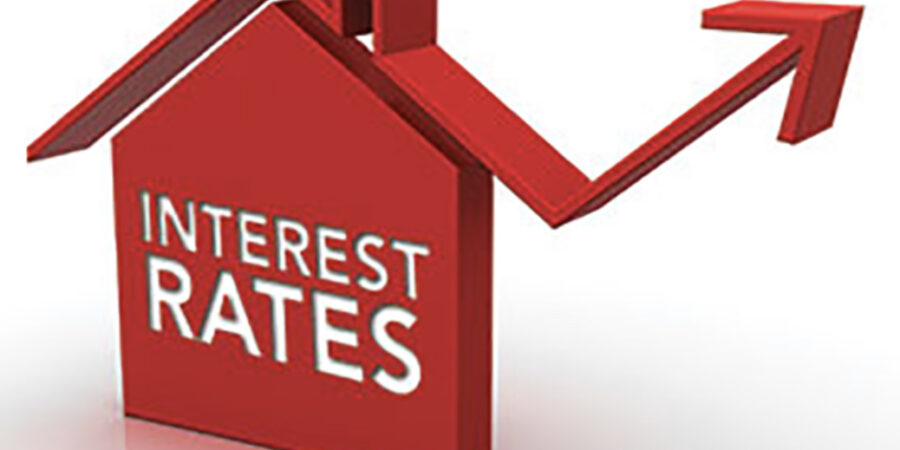1. Accessing equity in your home
Equity is the part of your home you actually own, worked out by taking the market value of the property, less the remaining mortgage balance you have on it. If you’ve built up equity in your home, you might be able to get a loan using your equity as collateral.
There are several ways to access your home equity, two important options to consider are:
Option 1: Accessing equity by refinancing
When refinancing your mortgage, you can choose to increase your current mortgage balance to access a lump sum of money from the amount you’ve already previously paid off. You would start a new mortgage with a higher mortgage amount that includes the additional cash amount you want to take out plus your remaining balance. Because it is a new mortgage, you’ll start paying interest on the additional amount immediately, so this option makes sense if you know with certainty that you require that extra cash in the near future.
Option 2: Obtaining a Home equity line of credit (HELOC)
Another way to tap into your home equity is through a Home Equity Line of Credit, or HELOC. A HELOC works a bit like a credit card in how you access the funds – you just draw money from your HELOC. You can then choose to pay a minimum of just the interest on the HELOC loan each month, in addition to your mortgage payment. HELOCs are normally used for big one-off costs like remodeling or university tuition, but they can also be used as a personal line of credit. HELOCs make sense if you are concerned that you may need some extra cash in the future but don’t really need it right now.
Bonus Option: Refinance to get a HELOC
You’ll only be able to use a HELOC if you originally opted for a mortgage that included one. If your current mortgage doesn’t include a HELOC, refinancing allows you to get one added to your current mortgage. Moreover, since you are already refinancing to get the HELOC, you can make any necessary adjustments to your mortgage at the same time.
2. Lowering your rate
In Canada, mortgage rates are adjusted regularly. In normal circumstances one of the most common reasons to refinance is to get a lower rate, which can save you money on interest over time. When those savings are more than the prepayment penalties, it makes good financial sense to refinance.
During COVID-19, the situation is a little more complex. Bond yields are extremely low, and the Bank of Canada’s overnight rate target is at a record low of 0.25%. Normally, such conditions would warrant low mortgage rates to be available. However, mortgage lenders are now pricing in a risk premium. This risk premium results in higher mortgage rates so that lenders can somewhat protect themselves from uncertainty in unemployment and the overall economy.
The upshot is rates aren’t as low as you might expect given current market conditions. That means it could be unlikely that you’ll get a low enough mortgage rate that will justify the cost of prepayment penalties. Check our mortgage refinance calculator to run the numbers for yourself.
3. Refinancing to consolidate debt
Because mortgages are secured loans, they have lower interest rates than other sources of credit, like credit cards or personal loans. As such, they’re a great place to consolidate your debts, thus reducing the overall amount of interest you pay.
The way this is done is by accessing your home’s equity. When refinancing, you’ll take out a larger mortgage than you need to pay off your current mortgage, then use that cash to pay off your other debts. This gives you a single payment to make each month, likely at a lower overall rate (versus the various interest rates of your other loans).
Alternatives to mortgage refinancing during COVID-19
If you’ve lost income or can’t make your payments due to the COVID-19 crisis, now is probably not a good time to refinance your mortgage. This is because you’ll need to requalify for your new mortgage. If your financial situation is not as good as it was when you took out your current mortgage, you may not qualify, or could end up with a worse deal.
If you need to free up cash, for whatever reason, there are a few alternatives to consider:
- Ask family for help: If you have parents or other family members who haven’t been hit as hard by the pandemic, it could be a good idea to ask for help. This is never easy, but if there’s a time that people will understand, it’s now.
- Get government assistance: If you haven’t yet done so, make sure to check if you or other members of your family are eligible for government assistance like EI or the CERB. You can find out what you’re eligible for by checking the government’s website.
Mortgage Deferral: Canada’s big banks have offered to defer mortgage payments in an effort to assist those who have lost income. Mortgage deferral isn’t free, but it could help if you’re struggling to pay your monthly bills.
The bottom line: Is the COVID-19 crisis a good time to refinance?
If you’re in need of cash during this pandemic, but aren’t in dire financial straits, then refinancing could be an option for you during this time. Additionally, it might be worth refinancing if mortgage refinance rates are significantly lower than your current rate.
However, you’ll need to consider your own needs and circumstances. The best thing you can do is speak to a mortgage professional like a mortgage broker, who can give you a free personal assessment – do it sooner rather than later. They’ll be able to help you calculate costs and consider different options available to you during the coronavirus pandemic.



Leave a Reply